Wind tunnels have become a mainstay in the aerospace industry, helping to test the aerodynamics of countless aircraft and rockets.
A wind tunnel is a machine that simulates the flow of air through objects. The system usually consists of a long narrow tube, into which air is introduced by various methods such as a powerful fan. The model or object to be tested is placed inside the tube. The flow of air is controlled to study its effect on the object under different conditions such as changing wind speeds. First developed in the late 19th century, wind tunnels are now widely used in many industries. For example, wind tunnels used in the automotive industry test the aerodynamics of cars, racing cars, trucks, and other vehicles.
In civil engineering, wind tunnels test the structural strength of buildings and infrastructure projects. They also help optimize aircraft and rocket designs for safer and more efficient flight. Here are the most powerful wind tunnels in the world today, according to Interesting Engineering .
1. JF-22

The JF-22 wind tunnel can simulate the environment when the spacecraft re-enters the atmosphere. Photo: CCTV
The JF-22 is the world's most powerful hypersonic wind tunnel. Built at the Institute of Mechanical Engineering of the Chinese Academy of Sciences (IMCAS) north of Beijing, the JF-22 can reach speeds of up to Mach 30 (37,044 km/h or 10.3 km/s).
The JF-22 does not use a fan, which cannot generate such a high-speed flow of air. Instead, the wind tunnel uses timed explosions to produce shock waves that reflect off each other and converge at a single point inside a 4-meter diameter, 167-meter long pipe. The JF-22 can deliver 15 gigawatts (GW) of power, or 70 percent of the capacity of the Three Gorges Dam, the world's largest hydroelectric dam, in Yichang, China.
2. JF-12
The JF-12 is often considered the predecessor of the JF-22, which is an open-circuit wind tunnel. Like the latest JF-22 wind tunnel, the JF-12 uses shock waves to create flight conditions ranging from Mach 5 (6,174 km/h) to Mach 9 (11,174 km/h), at altitudes ranging from 25,000 m to 50,000 m.
Built by the Institute of Mechanical Engineering under IMCAS between 2008 and 2012, the JF-12 was crucial in the development of China's DF-ZF hypersonic glide vehicle (HGV), according to a report from the China Aerospace Research Institute. The JF-12 is still in service alongside the JF-22.
3. T-117 TsAGI Supersonic Wind Tunnel
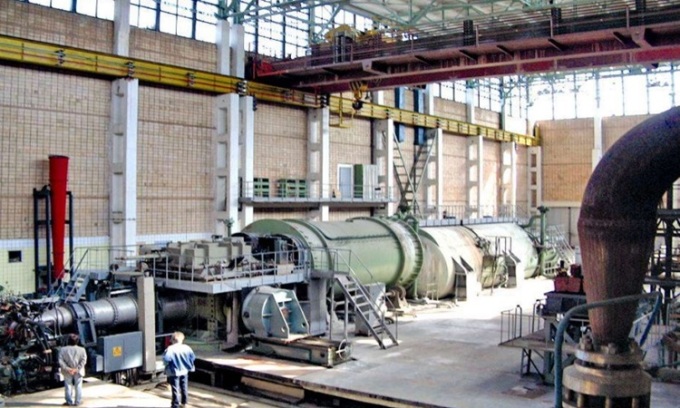
TsAGI T-117 wind tunnel. Photo: TsAGI
The T-117 TsAGI is a large supersonic wind tunnel built at the Central Hydro-Aerodynamics Institute in Moscow, Russia, in the 1970s. The system operates on a blowdown principle, in which high-pressure gas is rapidly released into the remaining area of the wind tunnel to create a gas flow. Two separate electric furnaces, which can be removed depending on the experiment, heat the gas flow.
One furnace uses two electric arcs to provide a maximum output of 25 megawatts, while the other uses a single arc for a maximum output of 2.5 megawatts. Air in the furnaces is heated between two electrodes aligned along the same axis, producing the arcs. The arcs then rotate due to a magnetic field, warming the air passing between the electrodes.
In this way, the T-117 TsAGI can simulate the high temperatures encountered by hypersonic vehicles during flight, while also generating test speeds ranging from Mach 5 (6,174 km/h) to Mach 10 (12,348 km/h). In 2018, the T-117 TsAGI was used to test the hypersonic flight regime of the Federation spacecraft, a project of the Russian space agency Roscosmos to replace the Soyuz spacecraft on various missions in low Earth and lunar orbit.
4. Hypersonic Tunnel Facility (HTF)
The Hypersonic Tunnel Facility (HTF) is located at NASA's Neil Armstrong Test Facility, part of the Glenn Research Center in Sandusky, Ohio. Originally built to test nuclear thermal rocket nozzles in the Nuclear Propulsion for Vehicle Applications (NERVA) program, the facility now specializes in testing large-scale hypersonic aspirated propulsion systems at speeds from Mach 5 (6,174 km/h) to Mach 7 (8,644 km/h), simulating realistic altitudes (110,000 feet).
The test area in the HTF can be adjusted from 3.05 m to 4.27 m. There, a graphite core thermal charge furnace heats nitrogen gas, which is then mixed with oxygen and nitrogen at room temperature to produce a true-to-life, pollution-free artificial air. The temperature of the artificial air is controlled to meet the specific requirements of the test. The HTF can operate for 5 minutes at a time, depending on operating conditions.
5. Unitary Plan Wind Tunnel (UPWT)
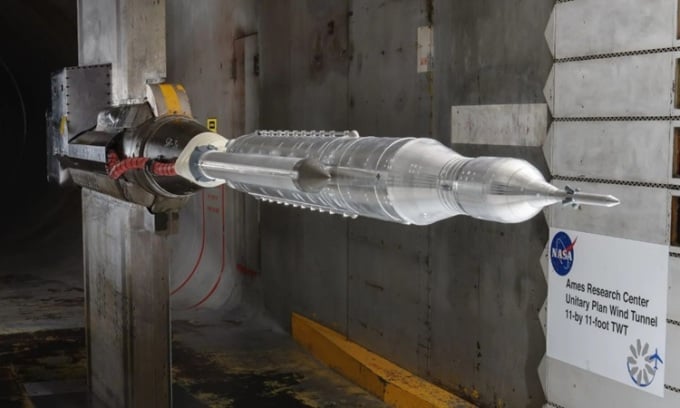
A model of the Space Launch System rocket tested in the UPWT subsonic wind tunnel. Photo: NASA
The Unitary Plan Wind Tunnel (UPWT) is one of the largest operating wind tunnels in the world. The facility is located at NASA's Ames Research Center in Moffet Field, California. Since its completion in 1955, the Unitary Plan Wind Tunnel (UPWT) has helped test both conventional aircraft (commercial and military ) and spacecraft (such as NASA's retired Space Shuttle). The tunnel has played a key role in the development of Boeing's fleet of aircraft, as well as the F-111 fighter and the B-1 Lancer bomber.
UPWT consists of three closed-circuit wind tunnels: a 3.4 x 3.4 m subsonic wind tunnel (TWT), a 2.7 x 2.1 m supersonic wind tunnel, and a 2.4 x 2.1 m supersonic wind tunnel. The last wind tunnel can reach speeds of up to Mach 3.5 (4,321 m). All are powered by four 65,000-horsepower wound-rotor electromagnetic motors operating at 7,200 volts.
An Khang (According to Interesting Engineering )
Source link



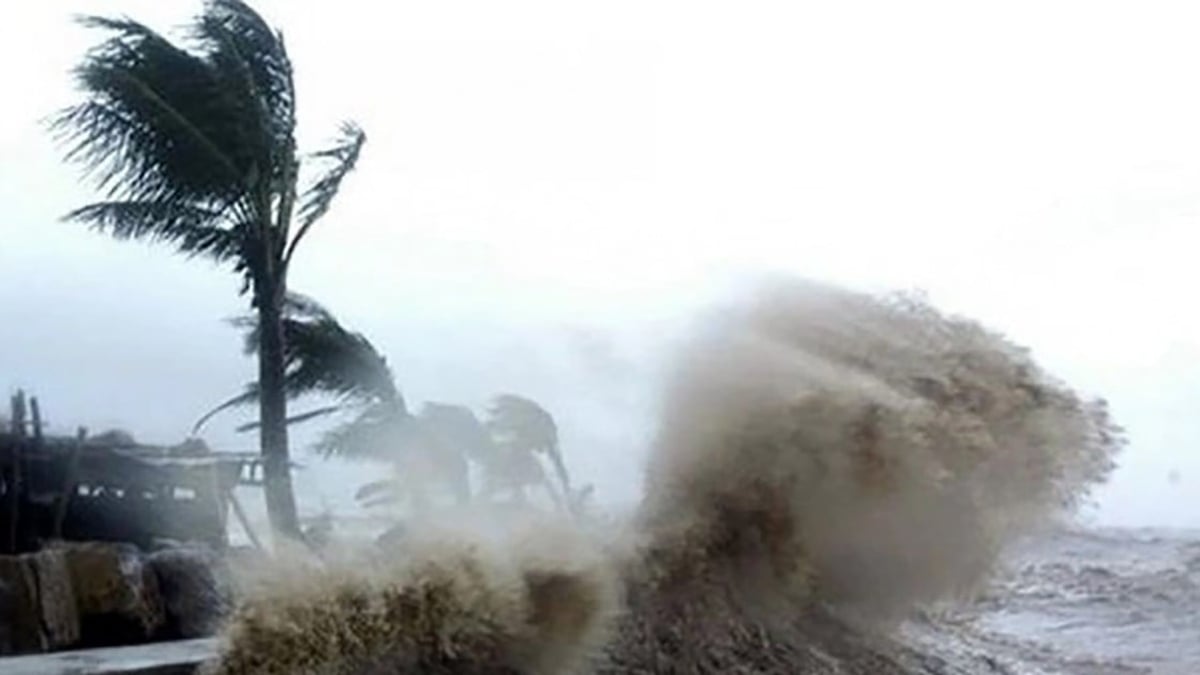



![[Video] More than 100 universities announce tuition fees for the 2025–2026 academic year](https://vphoto.vietnam.vn/thumb/1200x675/vietnam/resource/IMAGE/2025/7/18/7eacdc721552429494cf919b3a65b42e)





















































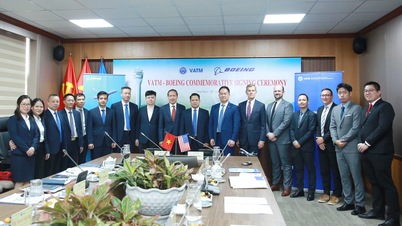



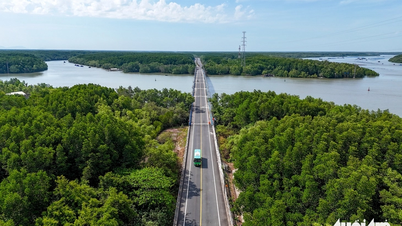
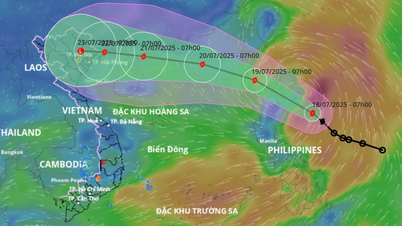



























![[Infographic] In 2025, 47 products will achieve national OCOP](https://vphoto.vietnam.vn/thumb/402x226/vietnam/resource/IMAGE/2025/7/16/5d672398b0744db3ab920e05db8e5b7d)





Comment (0)